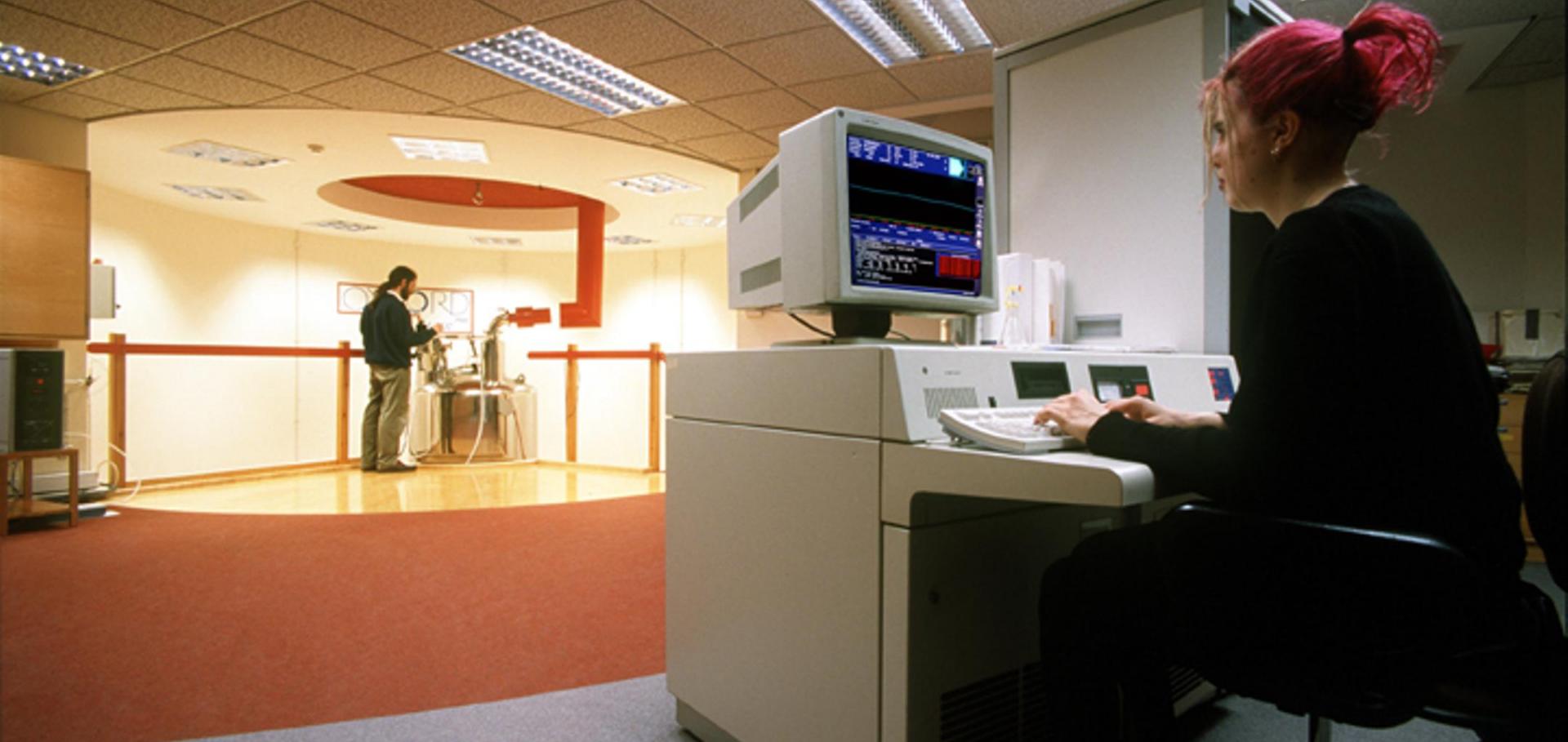Geometric quantum computation
J MOD OPTIC 47:14-15 (2000) 2501-2513
Abstract:
We describe in detail a general strategy for implementing a conditional geometric phase between two spins. Combined with single-spin operations, this simple operation is a universal gate for quantum computation, in that any unitary transformation can be implemented with arbitrary precision using only single-spin operations and conditional phase shifts. Thus quantum geometrical phases can form the basis of any quantum computation. Moreover, as the induced conditional phase depends only on the geometry of the paths executed by the spins it is resilient to certain types of errors and offers the potential of a naturally fault-tolerant way of performing quantum computation.NMR: The Toolkit
OUP, 2000
Abstract:
This book provides a concise, approachable description of how modern NMR experiments work, aimed principally at those who use, or might use, ...Use of composite rotations to correct systematic errors in NMR quantum computation
New Journal of Physics 2 (2000)
Abstract:
We implement an ensemble quantum counting algorithm on three NMR spectrometers with 1H resonance frequencies of 500, 600 and 750 MHz. At higher frequencies, the results deviate markedly from naive theoretical predictions. These systematic errors can be attributed almost entirely to off-resonance effects, which can be substantially corrected for using fully compensating composite rotation pulse sequences originally developed by Tycko. We also derive an analytic expression for generating such sequences with arbitrary rotation angles.Geometric quantum computation using nuclear magnetic resonance.
Nature 403:6772 (2000) 869-871


